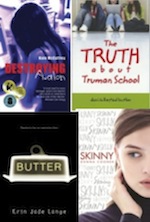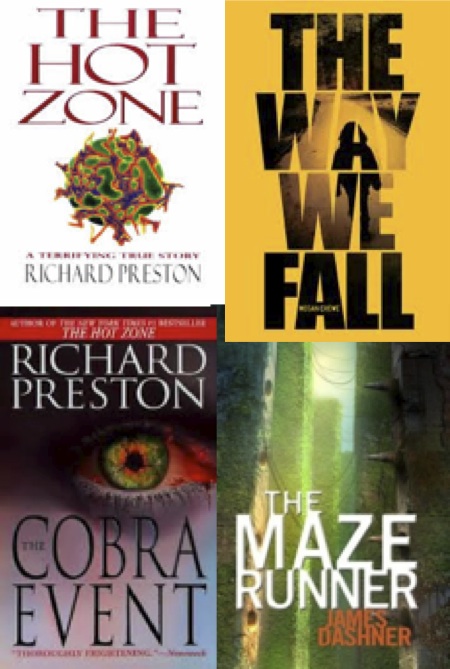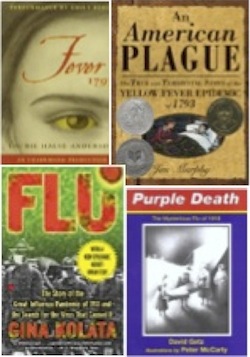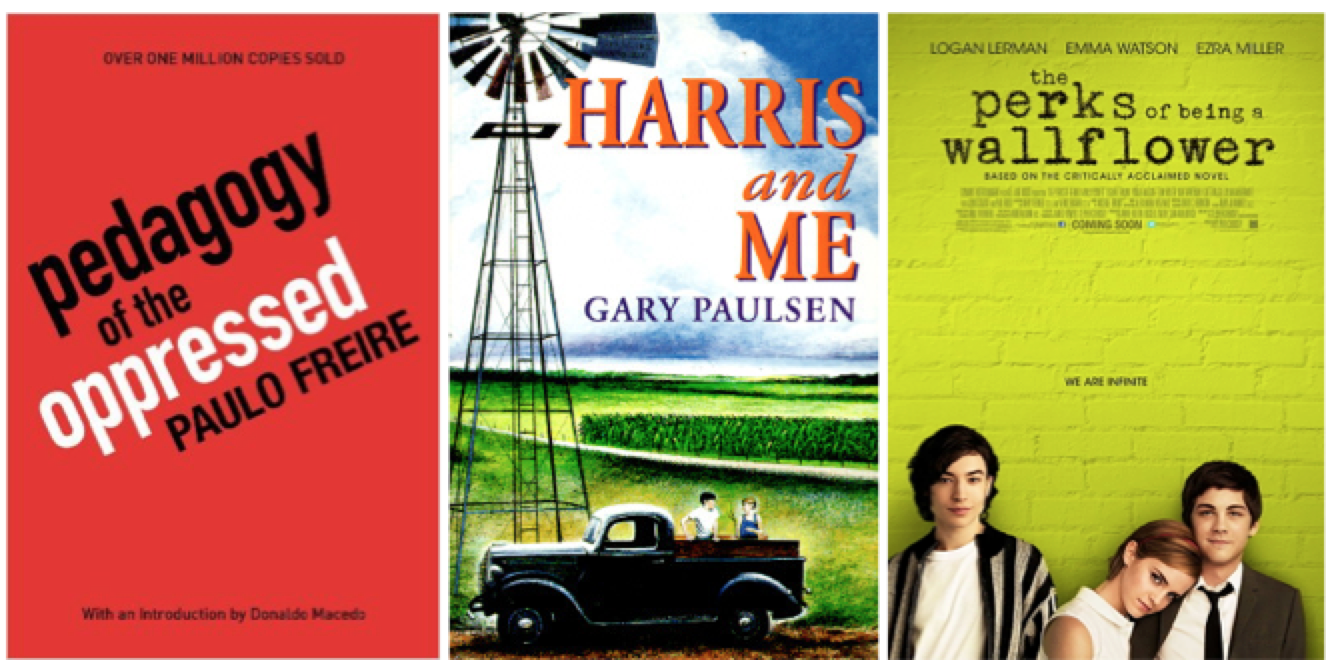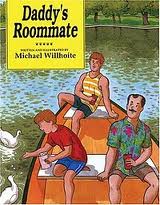by T. Gail Pritchard, PhD, The University of Arizona
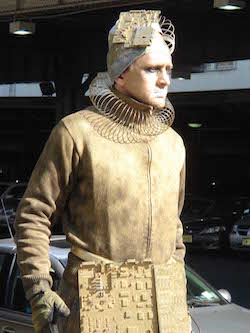 My earliest memory of robots is from movies–Gort from The Day the Earth Stood Still (1951) terrified me and Robby from Forbidden Planet (1956) fascinated me. Later, there was Hal from 2001: A Space Odyssey (1968) and three of my favorites Huey, Dewey, and Louie from Silent Running (1972); and of course, from recent times, Optimus Prime of the Transformers. From television, I met Robot from Lost in Space (1965-68) and various other robots and cyborgs in The Twilight Zone (1961-62), The Six Million Dollar Man (1974-78) and The Bionic Woman (1976-1978). In my reading, I encountered robots Robbie (Asimov) and Norby (Asimov and Asimov) and Eager (Fox), cyborg Cinder (Meyer), and characters whose DNA had been tweaked Continue reading
My earliest memory of robots is from movies–Gort from The Day the Earth Stood Still (1951) terrified me and Robby from Forbidden Planet (1956) fascinated me. Later, there was Hal from 2001: A Space Odyssey (1968) and three of my favorites Huey, Dewey, and Louie from Silent Running (1972); and of course, from recent times, Optimus Prime of the Transformers. From television, I met Robot from Lost in Space (1965-68) and various other robots and cyborgs in The Twilight Zone (1961-62), The Six Million Dollar Man (1974-78) and The Bionic Woman (1976-1978). In my reading, I encountered robots Robbie (Asimov) and Norby (Asimov and Asimov) and Eager (Fox), cyborg Cinder (Meyer), and characters whose DNA had been tweaked Continue reading


